Ingenious Interlocking Design
At first glance, the Luban Cube looks like a simple cluster of wooden blocks. In reality, its design hides a clever secret: no nails or glue are used. Each wooden piece features concave and convex joints that must slide perfectly together to form the cube. This classic Chinese puzzle (also known as a Kongming Lock) has only one correct assembly – even one slight misalignment and the cube won’t close Inspired by traditional Chinese woodworking, the Luban Cube embodies centuries of East Asian carpentry wisdom, teaching that sturdy structures can be built without any metal fasteners.
When disassembled, the puzzle becomes surprisingly tricky. Players often find themselves with one stubborn piece “left over” at the end, just missing the final fit. This common experience – the almost-solved cube – creates intrigue and motivates repeated attempts. Each assembly requires careful observation and planning. In fact, puzzles like this demand sequential steps and critical thinking to solve:: players must predict each piece’s angle and order of insertion. It’s a pure brain workout wrapped in a classic toy.
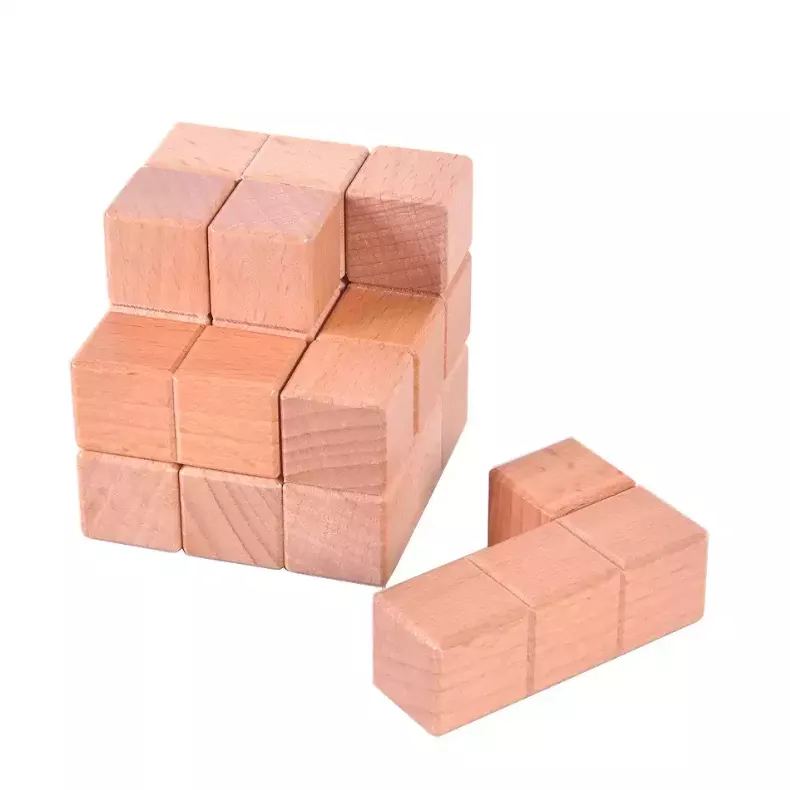
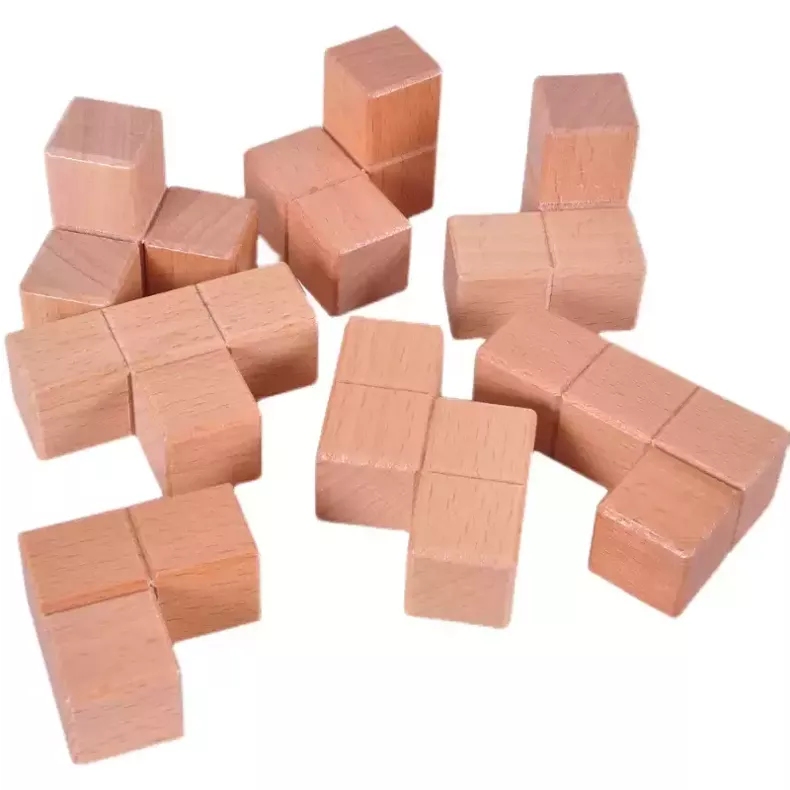
Cognitive and Motor Skill Builder
The Luban Cube is more than just fun – it’s an educational powerhouse. Solving it builds spatial reasoning and logic. Studies show that when young children play with puzzles, they develop advanced spatial skills important for STEM fields. By figuring out which three-dimensional piece fits a corner or an opening, kids strengthen their ability to visualize and manipulate objects in space. Each “aha” moment, when a block finally slides into place, reinforces problem-solving habits: observe, hypothesize, and learn from trial and error.
At the same time, assembling the cube is a great fine motor workout. Handling and aligning the small wooden segments engages precise hand–eye coordination. As children slide a slender block into a tight space or twist a piece at just the right tilt, they are training their finger dexterity and muscle control. The smooth, natural wood surface also enhances tactile learning – feeling different block shapes and angles helps kids intuit geometric concepts. All this focused manipulation builds patience and concentration: kids learn that sticking with the task and adjusting their approach will eventually fit that last stubborn piece.
There’s also a rich cultural story built into every Luban Cube. Named after the ancient Chinese carpenter Lu Ban, this puzzle carries forward a piece of China’s intangible heritage. As children play, they get a subtle glimpse of traditional Chinese wisdom – the idea that clever joinery can replace nails. For creative learners, mastering the basic puzzle often sparks further invention: why not experiment with new block combinations or apply the same lock principles to other DIY projects? In this way, the Luban Cube not only trains minds but also inspires the next generation of inventors.
From Challenge to Triumph: A Growing Story
Imagine a child struggling with the final piece: “Mom, this block just won’t go in no matter how I turn it!” In those early moments, they learn perseverance. Kids may ask for hints, watch an adult’s technique, or even search online for clues. Through this process, they discover that it’s okay to struggle and to seek help. Each attempt teaches them to analyze the problem from a new angle.
And then comes the breakthrough moment: “Oh, it has to go in at a diagonal angle!” When the child finally figures out the correct orientation or insertion order, it’s a powerful learning leap. Spatial reasoning and logical thinking suddenly click. In that instant, they experience the joy of insight. That “Eureka!” build-up — from confusion to the right fit — gives an incredible confidence boost. Research notes that completing a puzzle involves setting goals and achieving them step by step, and a child mastering the Luban Cube Puzzle feels a profound sense of accomplishment.
When the last block finally slides snugly into place, the result is more than a perfect cube – it’s a major confidence win. The child (and even the parent) sees that persistence pays off. They’ve turned a frustrating problem into a solved challenge. This journey from “stuck” to “solved” isn’t just puzzle play; it’s practice in resilience, creative thinking, and the satisfaction of overcoming a tough obstacle. Such experiences build a growth mindset, teaching children that with patience and clever thinking, they can tackle even complex tasks.
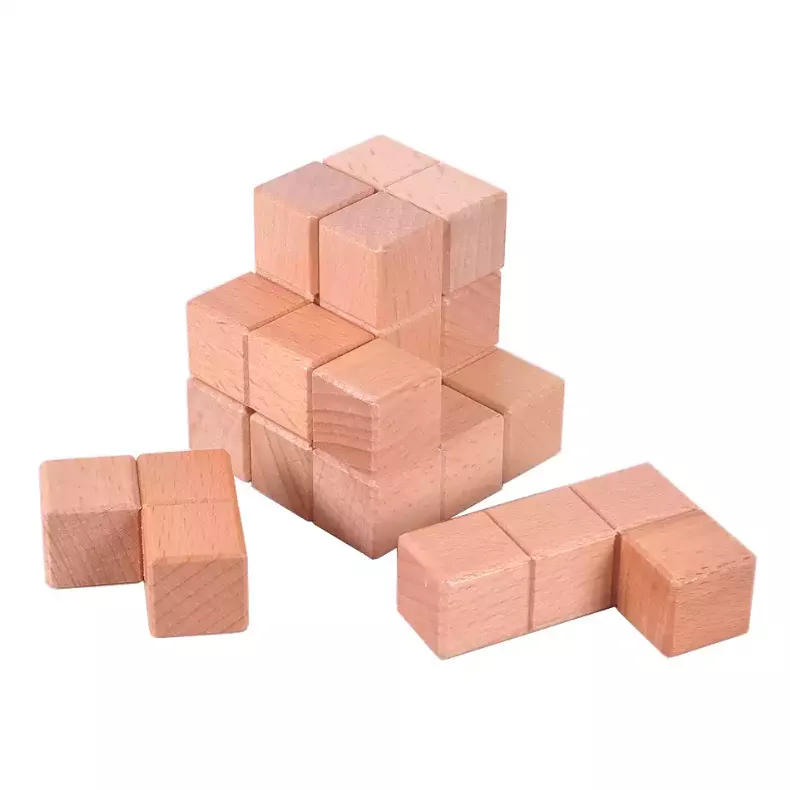
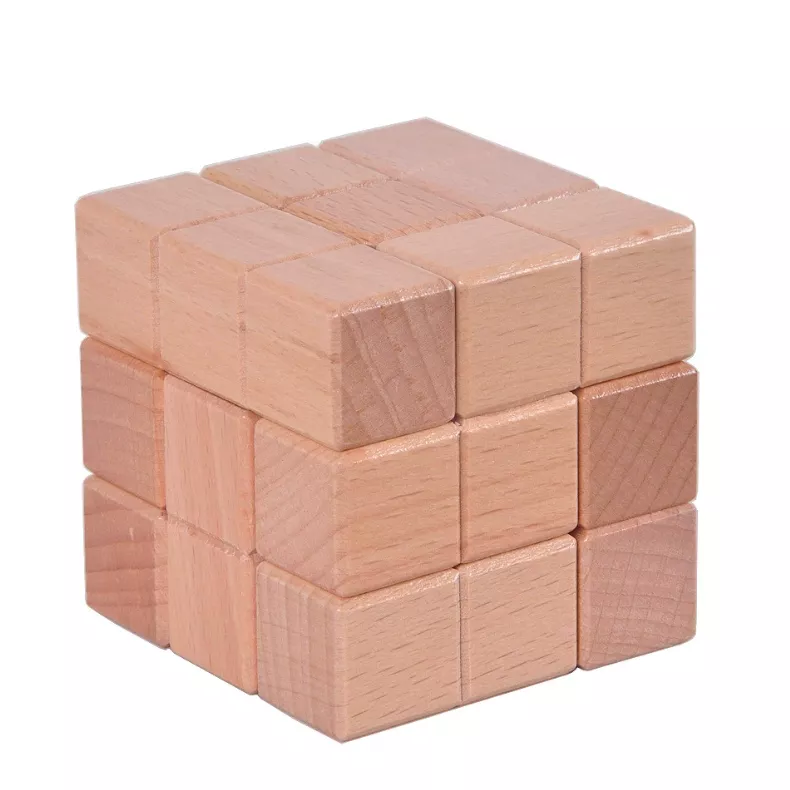
Perfect for Modern Families
In today’s digital age, the Luban Cube offers a welcome screen-free escape. Instead of tapping a tablet, families gather around a physical puzzle. Parents and kids can laugh, coach each other, and celebrate together as they build the cube. This shared playtime creates strong bonds and memories – it’s entertainment that doubles as quality family interaction.
The Luban Cube Puzzle is also wonderfully inclusive. There are beginner versions with larger blocks and fewer pieces for toddlers (as young as 3), and advanced multi-block sets for teens and adults. This toy grows with your family. It’s a versatile “brain gym” that every age can enjoy at their own pace. As a classic STEM toy with a cultural twist, it provides challenges that evolve from simple block-stacking into true engineering puzzles.
Parents will appreciate that it’s both educational and endlessly fun. There’s no screen addiction here – just natural wood pieces and hands-on problem solving. Adults can observe how each child approaches the puzzle, gaining insight into their thinking style. Plus, unlike many passive toys, the Luban Cube never gets old: once you solve it, you can mix the pieces and try again, or challenge friends and siblings to beat your time. Its educational value is built right into the play.
Bring home the Luban Cube Puzzle today and unlock a world of learning through play. With its unique blend of traditional Chinese wisdom and engaging brain-teasing fun, this wooden cube will become a cherished toy and learning tool. Let your child experience the thrill of fitting that last piece and gain the confidence to tackle any challenge!

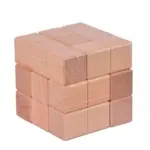
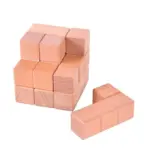
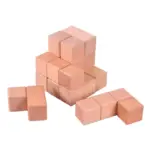
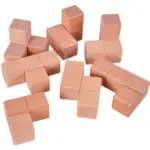
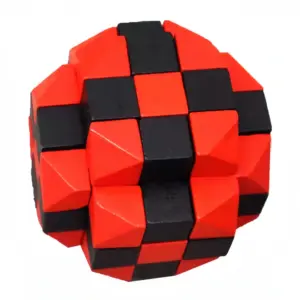
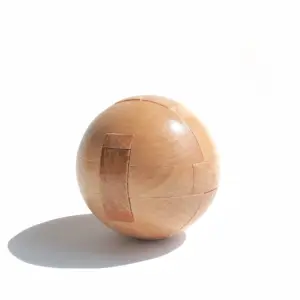
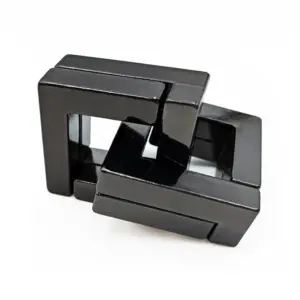
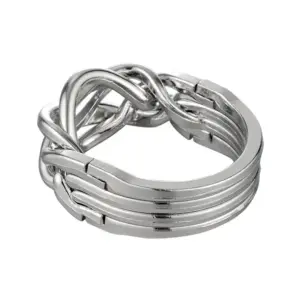
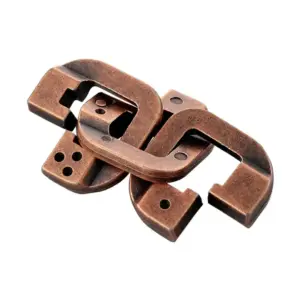
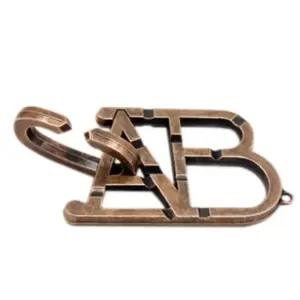
Emily R. –
This Luban Cube is a wonderful puzzle! My 9-year-old and I both got hooked trying to solve it. It’s tricky but not impossible, and the wooden craftsmanship feels sturdy and smooth.
John T. –
I bought this for my grandson and he loves it. At first he was frustrated, but now he shows it off proudly. Great for patience and problem-solving.
Samantha K. –
Beautifully made puzzle! The pieces fit tightly and the wood has a nice natural finish. It’s harder than it looks, which makes it fun for adults too.
Michael L. –
A real brain teaser! My 12-year-old spends hours trying different combinations. It definitely builds patience and spatial skills.
Anna P. –
We bought this as a family activity and it turned into a fun competition. Everyone wanted to be the first to solve it. Highly recommend!
David W. –
The cube is well-made, but it was a little too challenging for my 6-year-old. Great for older kids and adults though.
Grace M. –
Excellent quality and cultural story behind it. I love that it introduces kids to traditional Chinese design while being educational.
Laura F. –
Got this puzzle for my husband as he enjoys brain teasers. It kept him busy for hours and he was so happy when he finally solved it.
Chris N. –
The Luban Cube is tougher than it looks! I really enjoy the challenge. Perfect screen-free activity for evenings.
Ms. Rivera –
Bought this for my classroom. The kids take turns trying it, and it’s amazing to see them work together. Great STEM tool.
Paul H. –
I like the quality and the concept, but the instructions weren’t very clear. Still, once I figured it out, it was very satisfying.
Olivia C. –
This puzzle is a great gift idea. I gave it to my nephew and he hasn’t put it down since. He’s learning persistence while having fun.
Benjamin D. –
The cube is very durable and smooth to touch. My kids love the tactile feel of the wooden blocks. A nice break from screens.
Rachel S. –
Challenging but rewarding. It took me three days to finally solve it, and now I want to try harder versions. Great brain exercise.
Daniel K. –
I really appreciate the traditional design of this puzzle. It’s both cultural and educational, and my kids love showing it to their friends.